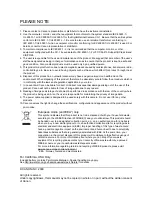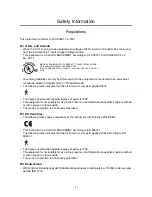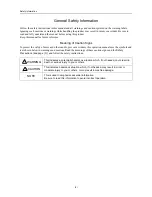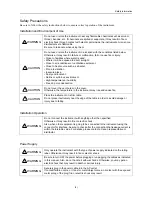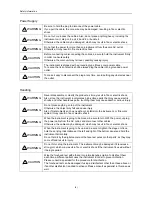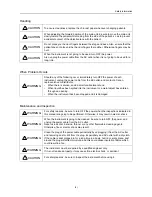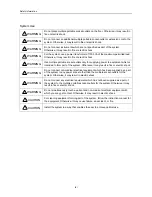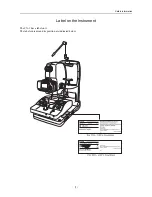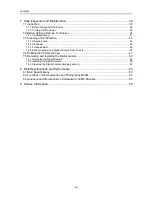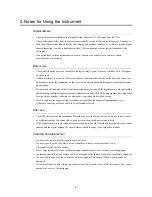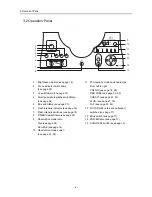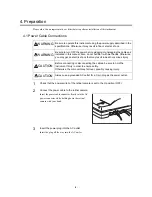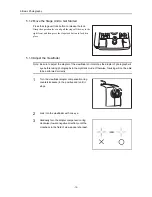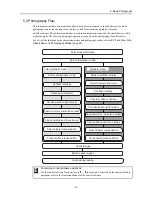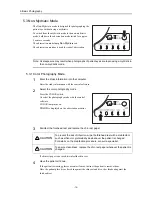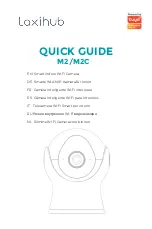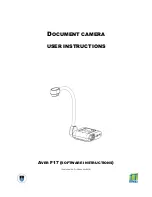
-1-
1. Features
The Digital Retinal Camera CX-1 is used to observe the retinas of patients’ eyes and take photographs of
them. The camera has the following features.
Both mydriatic and non-mydriatic modes in a single unit
The CX-1 includes a mydriatic mode and non-mydriatic mode, and each mode can be selected with a
single switch.
In the mydriatic mode, the optical viewfinder is used for observation. In the non-mydriatic mode, the
observation monitor on the special digital camera is used for observation.
Fundus autofluorescence photography
Fundus autofluorescence photography is possible in both mydriatic and non-mydriatic modes.
Special digital camera
The CX-1 includes a special digital camera using EOS digital technology as a standard accessory.
This enables the CX-1 to fully maximize Canon technology for shooting high-quality, high-resolution
diagnostic images.
Compact, user-friendly design
Panning and tilting functions are provided as standard options in a compact, lightweight design.
The compact body makes it easier to assist patients and provides significantly improved ease-of-operation.
Vertical movement of the main body by a motorized chin rest and an operation lever significantly improves
alignment operability.
Small pupil photography function
The CX-1 can photograph dilated pupils with a diameter of at least 5.1 mm in the mydriatic mode, with
50° of their field angle. It can photograph non-dilated pupils with the diameter of at least 4.3 mm in the
non-mydriatic mode, with 45° of their field angle.
The CX-1 provides the small pupil photography function for patients whose eyes are difficult to dilate.
Using the function, it can take photographs dilated pupils with a diameter of at least 4.3 mm and non-
dilated pupils with a diameter of at least 3.8 mm.
System optimized for digital photography
With the Retinal imaging control software (called “control software” below), images photographed by the
CX-1 can be browsed, processed, stored, output to the DICOM storage server, exported to DICOM files,
and output to a printer.
The settings for the lighting system filter, flash intensity, and digital camera are automatically optimized
for each photography mode – color, red-free, cobalt, fluorescein angiography, or fundus autofluorescence.


